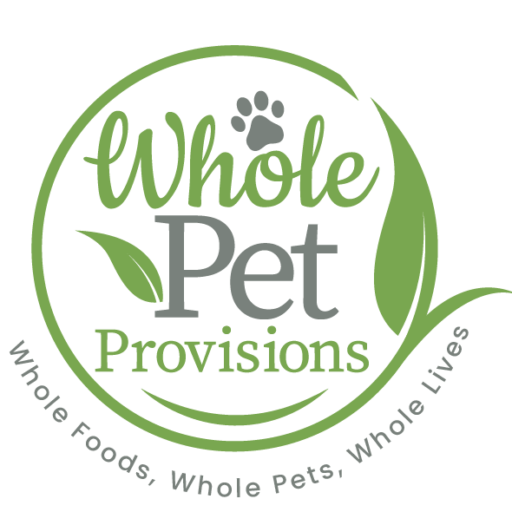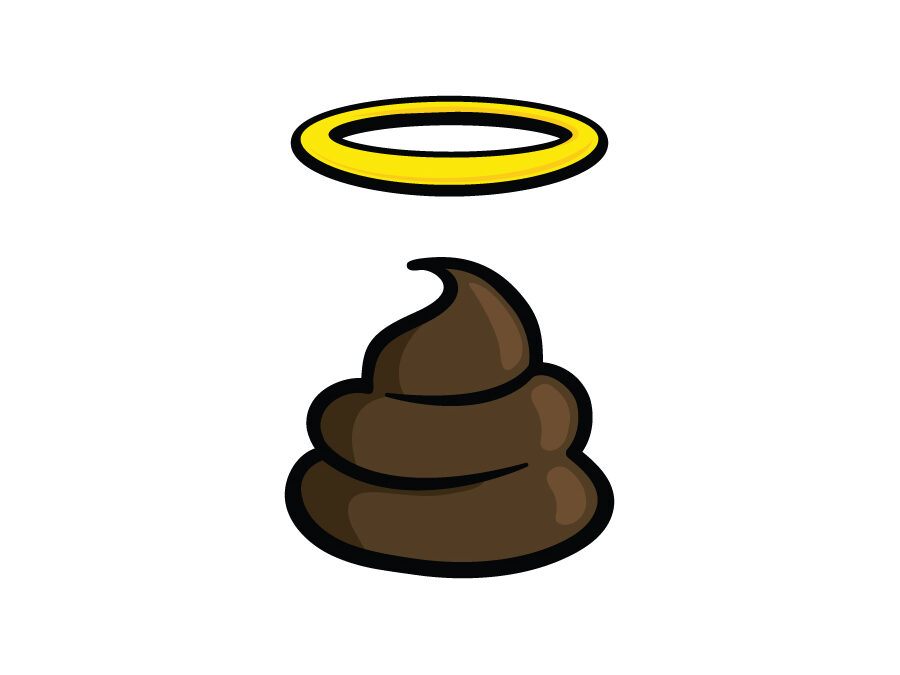It is what every pet food company strives for… That perfect, formed stool with good indentations and holds shape when picked up so that it is easily disposed of. The color should be an even perfect chocolate brown. This occurrence should happen only once daily or twice daily at most, at the directed time, about 5-10 minutes after the latest meal for predictability in the walking schedule. Pet owner’s expectations are that this should happen every single time. Ahh, one of the best achievements of commercial kibble foods, that Perfect Poo.
Lots of dollars have been invested into the pursuit of that Perfect Poo. All types of pet food inclusions have been tested to support this goal, across all types of foods, fibers, fillers, concentrates, add-ins, spray-ons, etc. Sadly, the intense desire for this level of regularity has pushed the feeding philosophy of extreme consistency without diversity. Veterinarians have often said “Feed the same food, every day, every time for best results. Do not give table scraps or other foods so that stools are consistent, same time every day, easy to manage.” But, I would ask, is this the best approach for your dog’s best health and microbiome? The gut balance of microbes that lives within us and on us depends on diversity and balance. Human populations with the greatest gut diversity eat the largest variation of foods. Gut diversity equates to resilience, stability and flexibility.1,2
Increasing variability in your dog or cat’s diet, however, will most likely result in variability in their stool quality, affecting form, firmness, color and consistency. Is this a problem? Only if you are not expecting it. Otherwise, this has no reflection on your pet’s complete picture of health, but it is a normal response to variations in foods ingested, digestive enzyme shifts and the ever changing balance within the microbiome. If your pet’s appetite is good and these fluctuations are not associated with other gastrointestinal symptoms, the defecation schedule is otherwise generally maintained, your pet’s weight is consistent then this variability in stool quality can be assumed to be normal within the spectrum of expectation when feeding a variable diet. It is common to see these variations during diet changes or transitions and we should expect them. Adaptation may also be slower to occur for some dogs requiring days or even weeks.
Of course, diarrhea is not okay. Loose stool, excessive mucous or blood may indicate intolerance and the body’s rejection of a food. Specific foods identified repeatedly as such triggers should be eliminated. Otherwise, you should expect some ups and downs in stool firmness, appearance, and ease of disposal as you rotate through foods or change diet and this is totally normal. When problems occur, scale back in variety, simplify the diet and then only make one change at a time, allowing even a week or more to observe effects and learn about what your dog/cat does best on.
There are positives that can be achieved with variation in the diet. This practice supports a complex and diverse microbiome. It helps to train the gut for flexibility and acceptance of variety. It lessens the chance of nutrient deficiencies, exposures to pet food problems and increases the chance of providing optimal intakes for those nutrients that we measure but also those that we don’t (anti-oxidants, phytochemicals, bioflavonoids, etc.).
So, at the end of the day, we should not be in pursuit of the perfect poo…. Rather we should be in pursuit of the best nutrition for our pets.
- Requena T, Velasco M. The human microbiome in sickness and in health. Rev Clin Esp (Barc) 2021;221:233-240.
- Gomaa EZ. Human gut microbiota/microbiome in health and diseases: a review. Antonie Van Leeuwenhoek 2020;113:2019-2040.
Laura Gaylord, DVM, DACVIM (Nutrition)
Updated 5.3.23

